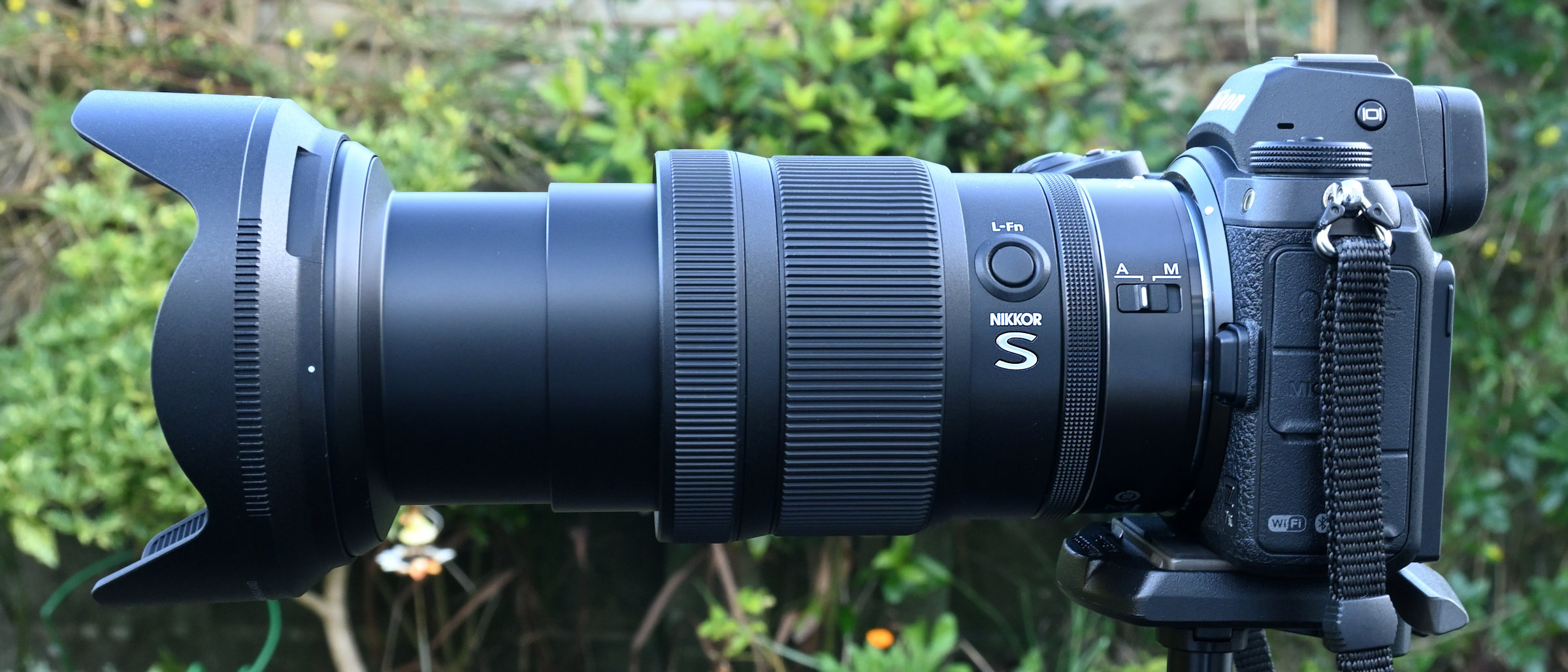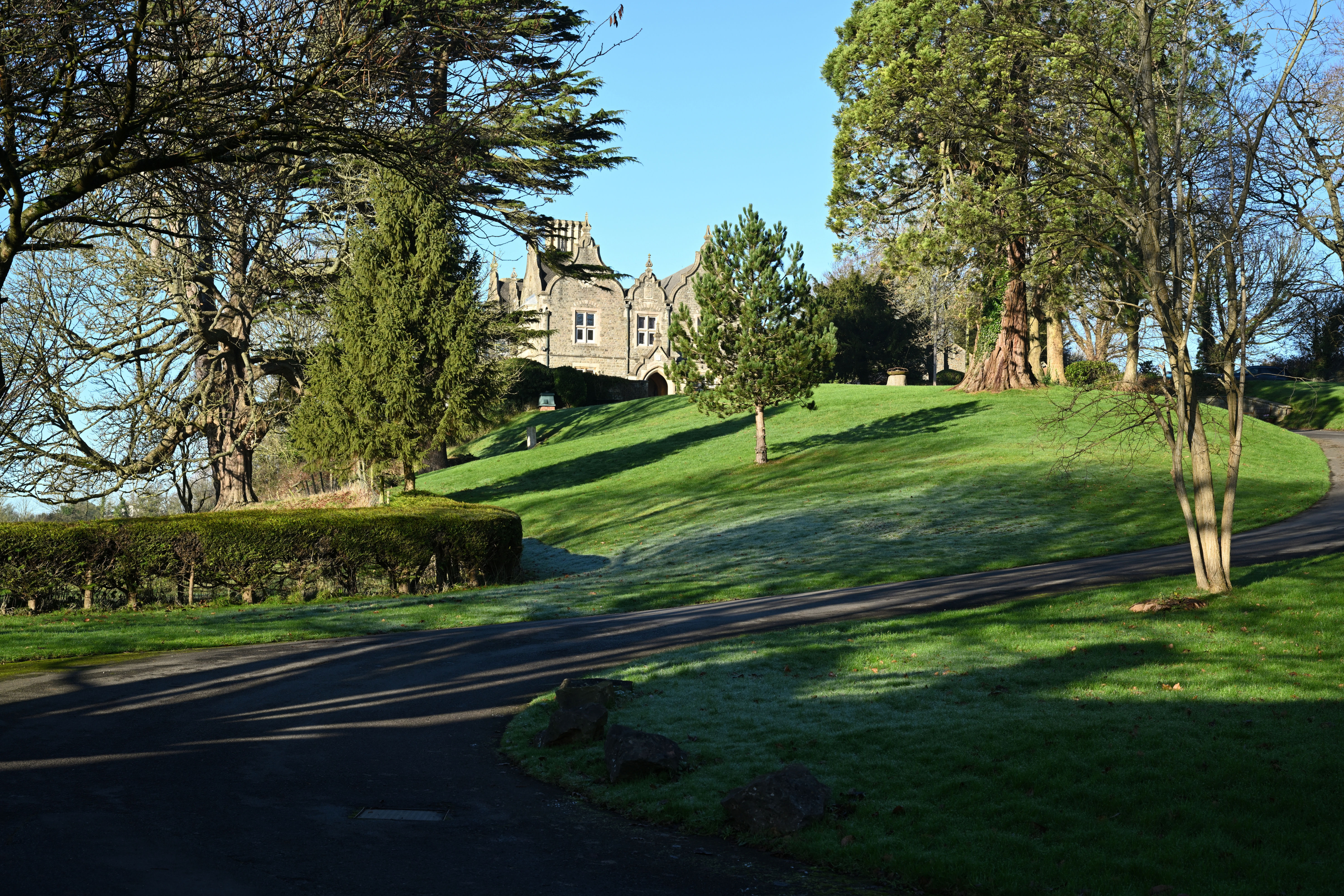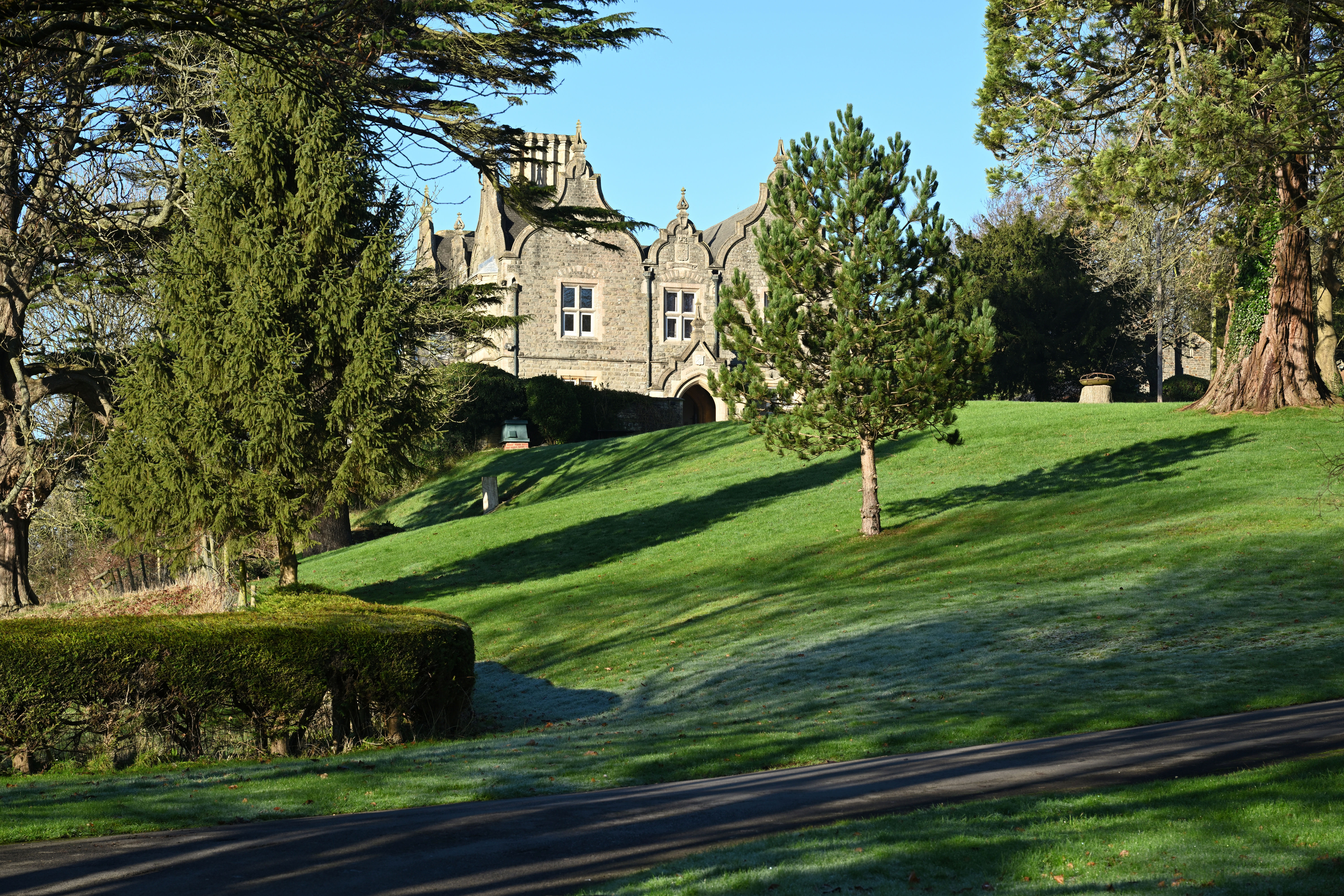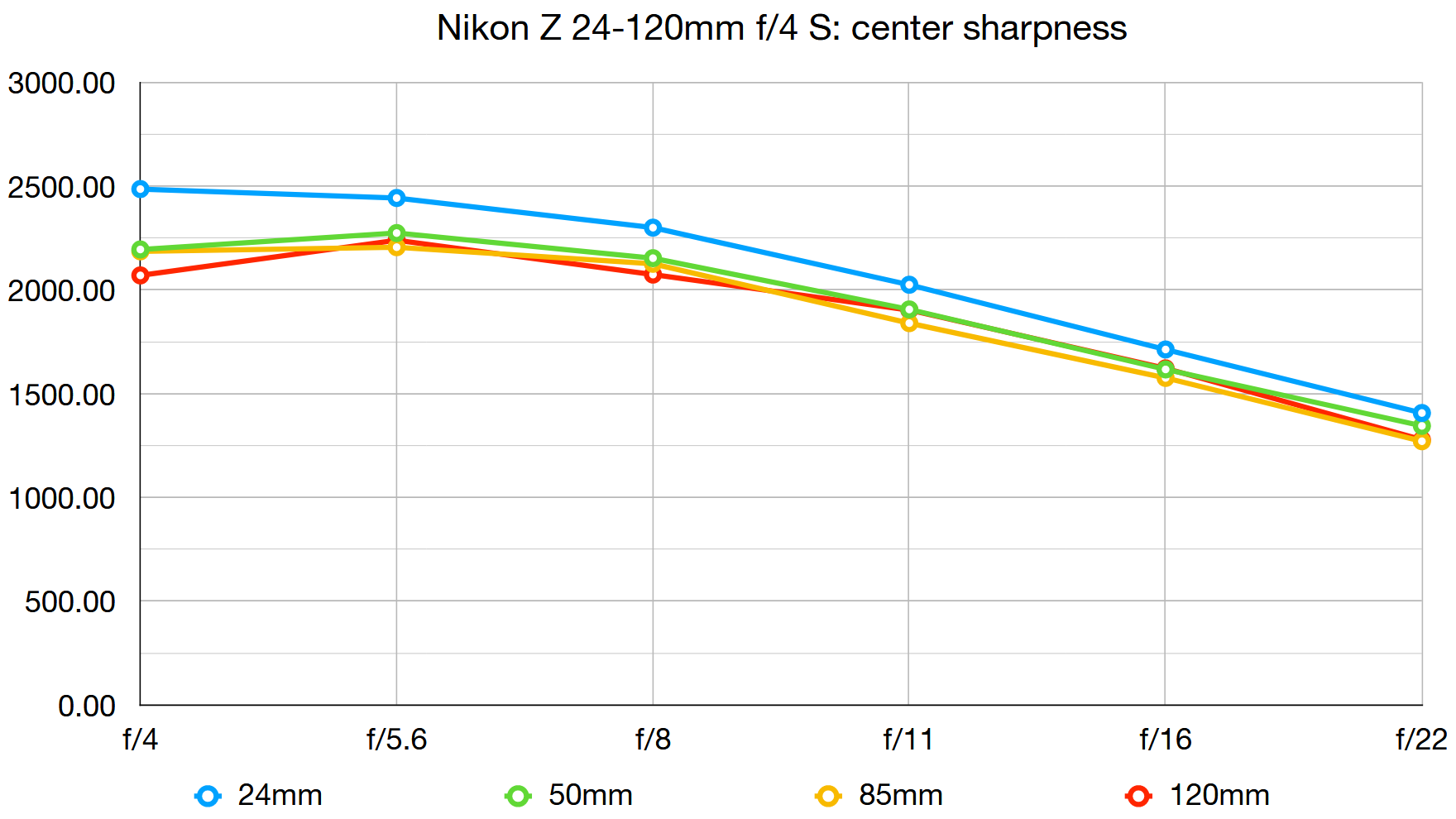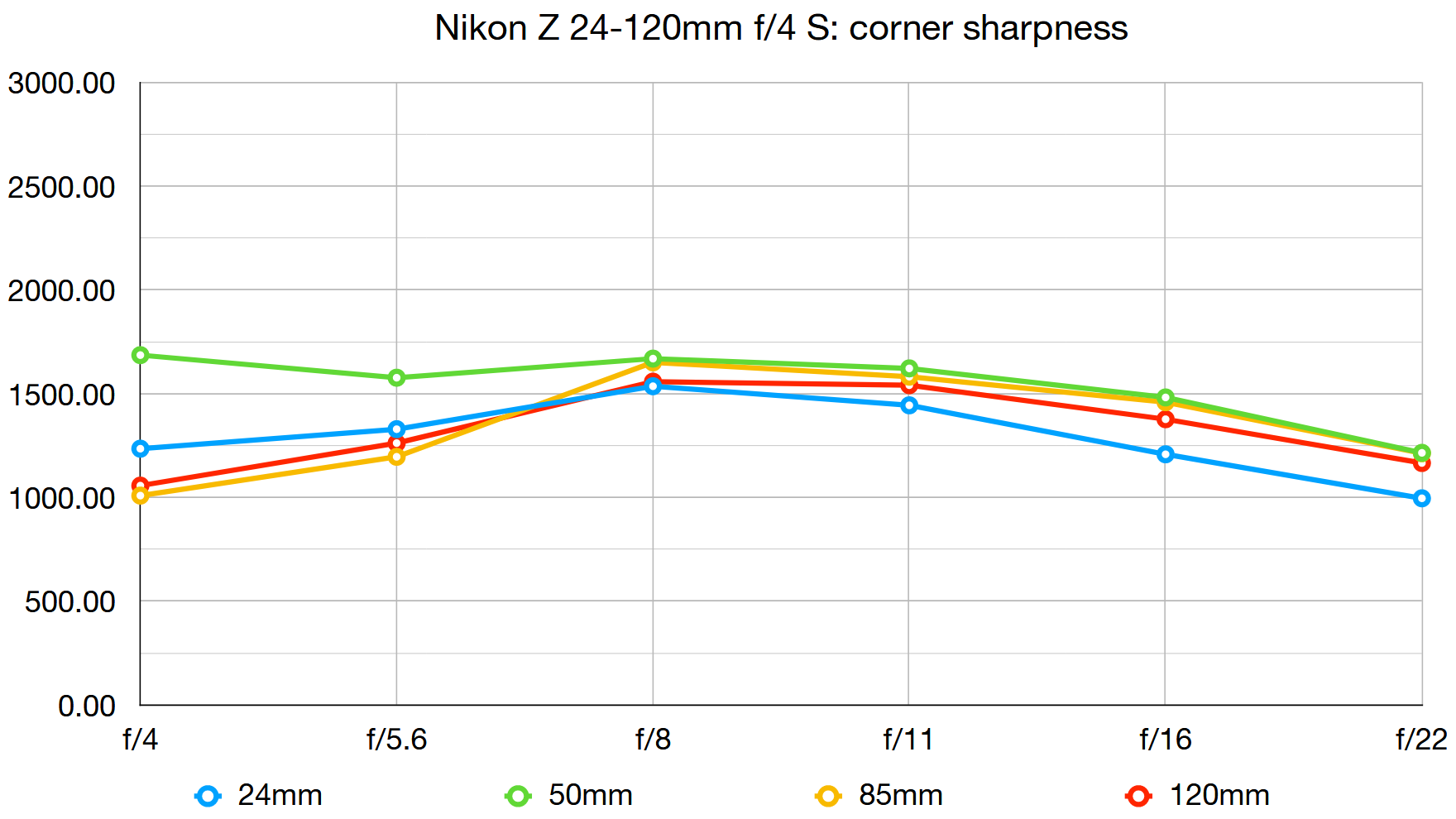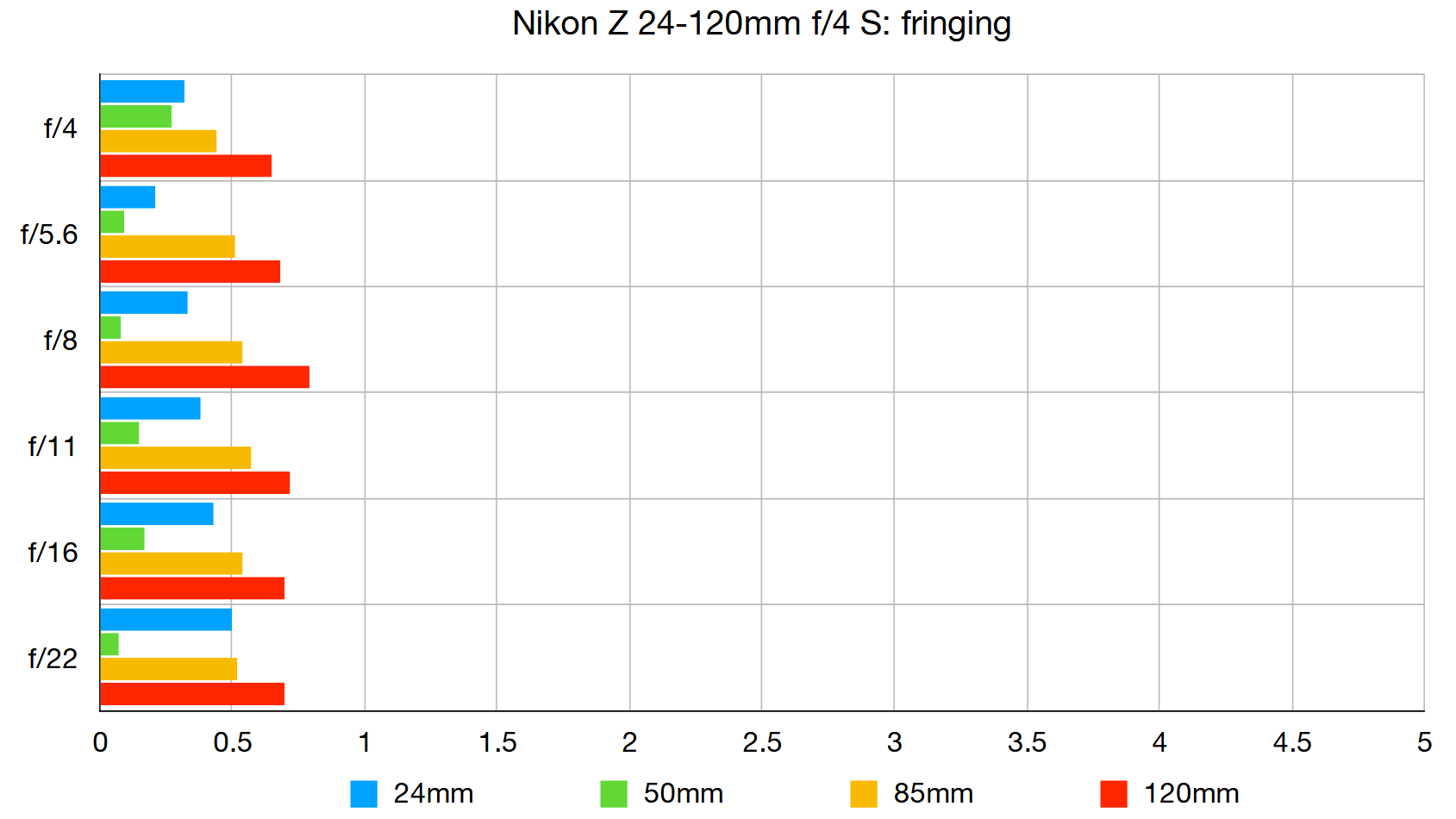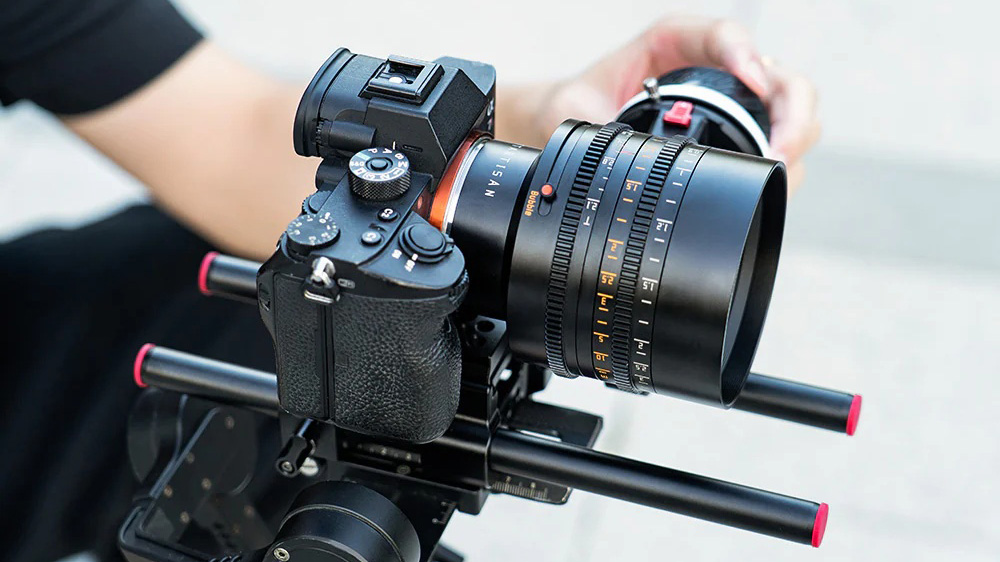Digital Camera World Verdict
Building on bygone popularity, the Nikon Z 24-120mm f/4 S is a mirrorless version of a somewhat classic 5x standard zoom for F-mount DSLRs. It makes the most of optical enhancements afforded by the Z system’s larger mount circumference and closer proximity to the image sensor. The net result is enhanced sharpness and all-round image quality, across the whole frame and throughout the entire zoom range, along with a reasonably compact and lightweight build. However, the lack of VR makes it less ideal for DX format mirrorless cameras like the Z 50 and Z fc.
Pros
- +
Impressive image quality
- +
Versatile 5x zoom range
- +
Customizable L-fn button/control ring
Cons
- -
Bigger & heavier than Z 24-70mm f/4 S
- -
Slower aperture than Z 24-70mm f/2.8 S
Why you can trust Digital Camera World
The Nikon Z 24-120mm f/4 S fills a small gap in Nikon’s line-up of Z-mount standard zoom lenses, slotting in between the more compact Z 24-70mm f/4 S and hefty Z 24-70mm f/2.8 S ‘trinity’ zoom. It’s sure to find favor with Nikon photographers shifting to mirrorless from a full-frame DSLR, who have long enjoyed the versatile 5x zoom range of the AF-S 24-120mm f/4G ED VR. The F-mount edition is still highly popular, not just as a kit lens option with full-frame DSLRs like the D750 and D780, but in its own right as a walkabout zoom.
Compared with the F-mount lens, the new Z-mount counterpart ditches optical VR. That’s not really an issue for full-frame Nikon Z-series cameras, all of which have IBIS (In-Body Image Stabilization), but it’s a letdown for those wanting to use it as an ‘effective’ 36-180mm zoom on DX format cameras like the Z 50 and Z fc.
Specifications
Mount: Nikon Z
Lens construction: 16 elements in 13 groups
Angle of view: 84-20 degrees
Diaphragm blades: 9
Minimum aperture: f/22
Minimum focusing distance: 0.35m
Maximum magnification ratio: 0.39x
Filter size: 77mm
Dimensions: 84x118mm
Weight: 630g
- Empty list
Key features
The key attraction of this lens is its 5x zoom range, which boasts the same generous maximum viewing angle as the Z 24-70mm lenses, and beats that of the Z 28-75mm f/2.8. It also outstretches Nikon’s other Z-mount standard zooms for telephoto reach, making it a good walkabout and travel lens. Even so, it faces tough competition in this respect from the highly capable Z 24-200mm f/4-6.3 VR superzoom. On the plus side, the 24-120mm boasts a constant-aperture design, with f/4 being available throughout the entire zoom range.
The optical design is based on 16 elements in 13 groups. Of these, there are three ED (Extra-low Dispersion) elements, one aspherical element, and three further regular aspherical elements. Up-market coatings include ARNEO and Nano Crystal Coat, as well as a fluorine coating on the front element.
Build and handling
Handling is very refined. Typically, the focus ring is positioned at the front and the zoom ring is further back, both of which operate with smooth precision. Although the lens lacks the optical VR and focus distance scale of its veteran F-mount counterpart, it adds an L-fn (Lens-function) button, which can be customized to perform various tasks via the host camera’s custom settings menu. The same goes for the customizable ‘de-clicked’ control ring that sits just behind the L-fn button. At the rear, there’s an A-M switch for quick and easy selection of autofocus or manual focus, something that’s omitted in some Z-mount lenses.
Build quality feels solid while the 630g construction doesn’t feel overly weighty. The Z-mount lens is actually slightly longer but a bit lighter than the F-mount edition. Several weather-seals are included, around all the joints and switches. As usual for this type of lens, the inner barrel extends as you sweep through the zoom range.
Performance
Autofocus is fast, virtually silent and consistently accurate, helped by the hybrid autofocus systems of Nikon’s mirrorless cameras. Focus breathing (a change in focal length caused by altering the focus position) is negligible, which is a bonus for videography. Levels of sharpness are highly impressive, throughout the entire zoom range and right across the image frame into the extreme corners, while color fringing and distortions are entirely negligible when addressed by in-camera corrections. All in all, we have no complaints regarding this lens’s performance.
Sample images
Lab results
We run a range of lab tests under controlled conditions, using the Imatest Master testing suite. Photos of test charts are taken across the range of apertures and zooms (where available), then analyzed for sharpness, distortion and chromatic aberrations.
We use Imatest SFR (spatial frequency response) charts and analysis software to plot lens resolution at the center of the image frame, corners and mid-point distances, across the range of aperture settings and, with zoom lenses, at four different focal lengths. The tests also measure distortion and color fringing (chromatic aberration).
Sharpness:
The best camera deals, reviews, product advice, and unmissable photography news, direct to your inbox!
Levels of sharpness throughout the zoom range and across the entire image frame are excellent, although corner-sharpness does drop off a bit in the 85-120mm sector. For overall sharpness, there’s little to choose between this lens and the Z 24-70mm f/4 S, which is no mean feat given the larger 5x zoom range.
Fringing:
Color fringing is absolutely negligible even at the extreme corners of the image frame. Technically, it becomes slightly worse at the long end of the zoom range but, even then, it’s practically impossible to spot in real-world shooting.
Distortion:
‘Standard zooms’ with a generous zoom range are somewhat renowned for giving noticeable barrel and pincushion distortion at short and long focal lengths, respectively. Coupled with a Z-series camera, however, there’s barely any barrel distortion at 24mm and practically no pincushion at all in the 50-120mm sector.
Verdict
It’s perhaps surprising that Nikon is now marketing no less than four standard zoom lenses in its Z-mount range, plus a 24-200mm superzoom, when telephoto and super-telephoto lenses are still so thin on the ground. The Z 24-120mm is the best of the bunch if you prioritize a big zoom range coupled with a fairly fast constant aperture. If not, you’re better off with the retractable, compact and lightweight 24-70mm f/4 S or the Z 24-200mm f4-6.3 VR with its even bigger zoom range, both of which are less expensive to buy.
Read more:
Best Nikon Z lenses
The best Nikon lenses
The best Nikon camera
Matthew Richards is a photographer and journalist who has spent years using and reviewing all manner of photo gear. He is Digital Camera World's principal lens reviewer – and has tested more primes and zooms than most people have had hot dinners!
His expertise with equipment doesn’t end there, though. He is also an encyclopedia when it comes to all manner of cameras, camera holsters and bags, flashguns, tripods and heads, printers, papers and inks, and just about anything imaging-related.
In an earlier life he was a broadcast engineer at the BBC, as well as a former editor of PC Guide.
